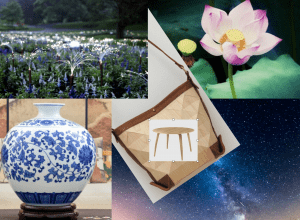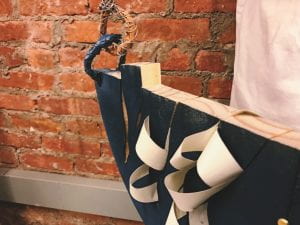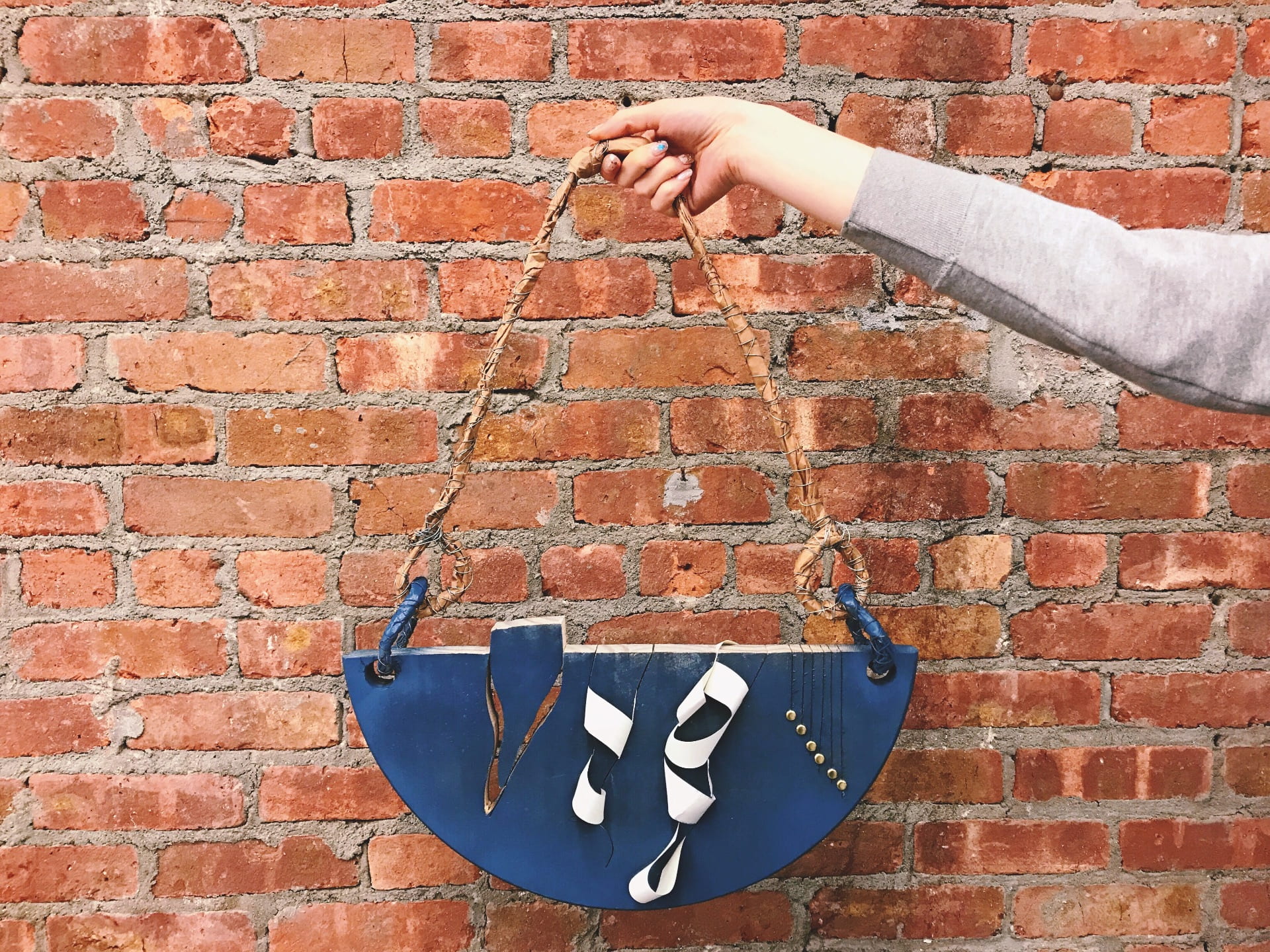Project description:
For Bridge 2 you will choose one piece of work from the Brooklyn Museum that explores the topic of truth. You MUST use the same work that you are writing about in Seminar.
Using up to 3 recycled objects/ or used materials (depending on the size of the used objects I will allow for you to use more than 3 but please check in with me to get it approved), create a one of a kind wearable piece that reflects the piece of work you chose from the Brooklyn Museum. This wearable piece can be some kind of wearable sculpture or a ready to wear garment.
Research of wearable design:
Today’s infographic not only highlights the history of wearable technology, but it also shows the noticeable acceleration in the advancement and adoption of new innovations. At the beginning, it would take hundreds of years between breakthroughs such as eyeglasses and the abacus ring. Today, new wearable tech innovations happen every month. In the last ten years, we’ve had the Google Glass, Fitbit, Oculus Rift, and countless others.
Interestingly, the history of wearable technology is littered with commercial failures and a few game changers, with not much in between. The reality is, however, that the duds seem to outweigh the successes by a wide margin.
For investors, this means that a strategic investment in a wearable tech company or product could either be a ten-bagger or go to zero. For this reason, due diligence is a key aspect of judging the validity of these companies.
As examples, the air-conditioned hat, Pulsar Calculator Watch, Seiko UC 2000 Wrist PC, and Levi’s ICD+ Jacket never really took off. Even great technologies such as the Google Glass never really generated any returns. This was a lot of risk to take on for no return, but perhaps in the future these patents and knowledge can benefit a company like Google.
The clearest commercial success on the list happened in 1979. The Sony Walkman and subsequent Sony Discman helped put the company on track to become an entertainment powerhouse. Over 400 million Walkman portable music players have been sold over time, with about 200 million of those being cassette players.
However, not all products with good fanfare are destined for success. The commercial potential of many wearable technologies introduced in recent years are still up in the air.
Fitbit filed for a $100 million IPO, but it now has to compete against a plethora of other fitness trackers on the market. The Apple Watch has been launched to much fanfare, but it comes with no guarantees for Apple – a company that needs a lot of new revenues on a product to move the needle. Lastly, the creation of the Oculus Rift could pioneer virtual reality and bring it to consumers. The company was already bought by Facebook for $400 million in cash, $1.6 billion in stock, and an additional $300 million contingent on specific financial targets. Will this transaction ultimately benefit Facebook shareholders? While there are no guarantees, so far reviews have been overwhelmingly positive for the virtual reality device.
What is clear is that, based on the history of wearable technology, devices that move the masses are far and between. The successes that do make it, however, can change the world and generate chart-topping returns.
Depending on the definition used for “technology,” the first wearable technology can be traced back as far as the 13th century, when eyeglasses were invented. Later, in the 16th century, the earliest portable and wearable clocks, Nuremberg eggs, were invented. They were designed to be worn around the neck and became a popular status symbol in Europe until pocket watches and wristwatches arrived. Another early example of wearable technology came in the form of an abacus ring, during the 17th century in China.
The first wearable computer was created by mathematics professor Edward Thorp in the 1960s. In his book “Beat the Dealer,” Thorp revealed that he built a computer small enough to fit into a shoe in order to cheat at roulette. A timing device helped predict where the ball would land on a roulette table, giving Thorp and co-developer Claude Shannon a 44 percent edge in the game.
Over the next couple of decades, several devices popularized and modernized wearable technology. The first calculator wristwatch was released to the public in 1975, and the Sony Walkman arrived four years later. In the 1980s, digital hearing aids were first released.
Wearable technology achieved mainstream popularity with the Bluetooth headset in 2002. Between 2006 and 2013, iconic wearable technology devices Nike+, Fitbit and Google Glass were released. In 2014, dubbed “The Year of Wearable Technology” by several media outlets, activity trackers grew in popularity and the Apple Watch was introduced. Other wearable technology devices, such as those that track seizures or sunlight exposure, continued expanding the industry.
Source:
- https://www.visualcapitalist.com/the-history-of-wearable-technology/
- https://online.grace.edu/news/business/the-past-present-future-of-wearable-technology/.
Mood board:

From the Brooklyn Museum



This masterpiece of Chinese porcelain is an important example of early blue-and-white ware from the imperially sponsored kilns of Jingdezhen. Four energetic fish—mackerel, whitefish, carp, and freshwater perch—are depicted swimming along the hips of the vessel; their Chinese names form a rebus for the phrase qingbai lianjie, meaning honest and incorruptible.
And also I think this Chinese porcelain may have been made for China’s emperor, it represent the royal political influence of the country.
Concept and Idea:
Firstly, we asked to drawing development of 3-4 concepts based on our research and inspiration, I sketched many elements connect with different wearable things. And also use the porcelain concept as an important tools relate each part of design to a whole design. Below the development of my ideas can be seen. I had five concepts.

5 concepts with clothes, shoes, glasses, GPS ring and a bag.

The final concept with the bag. 18 in x 8 in. The detail is lotus.
Working process for the mockup:

I use sketch paper to make the 3D shape of lotus and waves

Testing the shape and the angle of the wood

Cutting the brown paper to create the belt and connector

Rolling the paper as a belt and then make the circle

I also use wire to make the connectors more stable


I am going to spray print the surface of the wood both sides

I just keep the original material on the top, it is clear to see the texture

Using the same brown paper to make a belt


Making the belt and connectors as a whole body

Put the sketch paper and the whole design together

Testing the bag
Final product:






